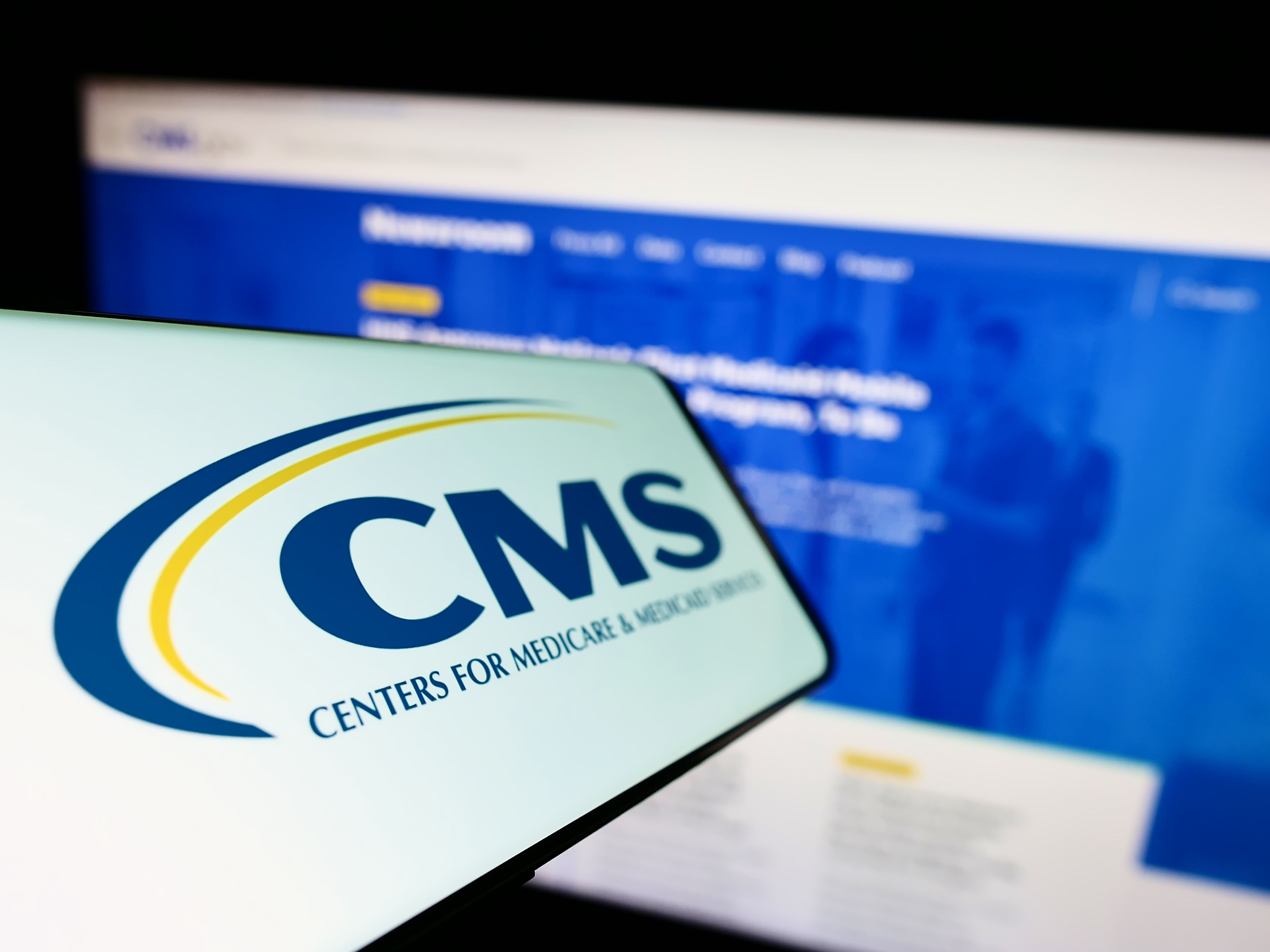News
Article
New HHS leader could overhaul Medicare physician reimbursement: reports
Author(s):
Key Takeaways
- Potential changes to Medicare reimbursement may emphasize primary care and prevention, addressing historical biases favoring specialized medicine.
- The AMA's RUC is instrumental in determining physician payment codes, influencing the distribution of Medicare funds across specialties.
News reports state RFK Jr. could take aim at codes recommended by the American Medical Association.
© Nadzeya - stock.adobe.com

Will federal reimbursement for physicians change under a new Trump administration?
News reports indicated Robert F. Kennedy Jr., President-elect Donald Trump’s pick to lead the U.S. Department of Health and Human Services, aims to overhaul the Medicare reimbursement system for doctors.
While details of a plan are scant, changing physician pay could place new and additional emphasis on primary care and prevention, according to the report in the Washington Post. The Financial Times and STAT News also have published reports on deliberations by Kennedy and his advisers.
Citing four unnamed people familiar with the planning, the Washington Post said: “The discussions are in their early stages … and have involved a plan to review the thousands of billing codes that determine how much physicians get paid for performing procedures and services.”
Those codes are determined by the American Medical Association (AMA)/Specialty Society Relative Value Scale Update Committee (RUC). It is a volunteer group of 32 physicians and more than 300 physician and other clinician advisers who review medical services to determine the appropriate values. The RUC makes recommendations to the federal government through the U.S. Centers for Medicare and Medicaid Services, which makes the final decisions on payments for services under Medicare, according to AMA.
The AMA had no comment.
Primary care slipping away
The Washington Post report noted years of analysis by health sector observers who have argued reimbursement that favors specialized medicine creates an incentive for more physicians to work in medical specialties. That has potential to draw minds and money away from primary care.
Advocates for primary care also have noted the United States spends less on primary care overall than other developed nations.
Personnel and spending both were part of the Milbank Memorial Fund’s “Health of U.S. Primary Care: 2024 Scorecard Report – No One Can See You Now,” published in February. The number of primary care physicians (PCPs) is declining over time, from a high of 68.4 PCPs per 100,000 people in 2012 to 67.2 PCPs per 100,000 people in 2021. Primary care trainees are not staying with that specialty.
As for overall spending, the United States decreased primary care’s share of total spending from 5.4% in 2012 to 4.7% in 2021, according to the Milbank Memorial Fund. That was lower than an average of 14% of health care spending for primary care in peer countries Australia, Canada, France, Germany, the Netherlands, New Zealand, Sweden, Switzerland and the United Kingdom, according to The Commonwealth Fund.
RUC and primary care
As of April this year the AMA/Specialty Society Relative Value Scale Update Committee (RUC), said it “has a long history of ensuring accurate valuation of primary care services.”
“Primary care physicians play a crucial – and expanding – role in the RVS Update Committee’s (RUC) highly technical work,” according to an AMA paper on the issue. It listed changes ranging from improved payment for evaluation and management services and preventive services and practice expenses, to codes for transitional care management and chronic care management for care coordination over a 30-day period.
In 1991, primary care specialties received 24% of Medicare’s allowed charges, while internal medicine specialties received 13%. Surgical specialties received 32%, other specialties such as radiology and anesthesiology received 25%, and other health care professionals received 6%.
By 2022, those percentages had changed, according to AMA: 29% for primary care, 16% for internal medicine, 18% for surgical specialties, 22% for other specialties, and 15% for other health care professionals.
With those changes, “the RUC’s efforts have resulted in more than $5 billion in annual redistribution within the Medicare Physician Payment Schedule,” according to AMA. Citing the period from 1992 to 2024, reimbursement for a mid-level office visit rose from $31 to $91, while payments for cataract surgery declined from $941 to $537, and payments for MRI of the lumbar spine decreased from $485 to $196, the AMA analysis said.
More about reimbursement
After the 2024 presidential election, at least two issues relating to physician reimbursement and patient care have not changed as of Nov. 22.
Medicare reimbursement for physicians remained at the top of AMA’s official website but not for potential changes to codes. Rather, AMA and a number of other physicians’ groups have called on Congress to increase reimbursement in the 2025 Medicare Physician Fee Schedule, which has a planned 2.8% cut to doctors next year.
On Nov. 21, AMA announced bipartisan, majority support in Congress for the Improving Seniors’ Timely Access to Care Act of 2024. That legislation would streamline and standardize how Medicare Advantage insurers use prior authorizations for services. It has support from hundreds of medical organizations.





